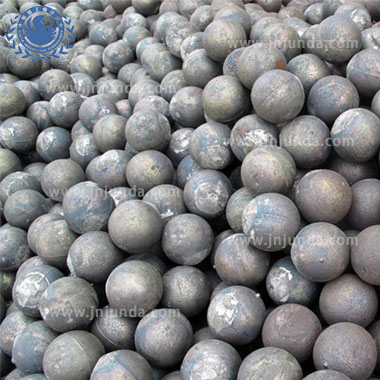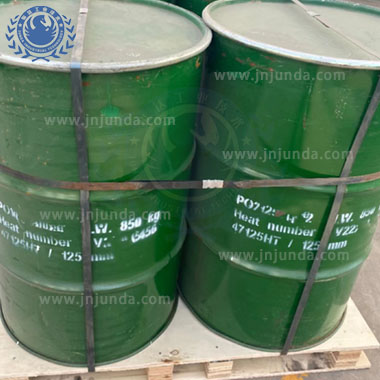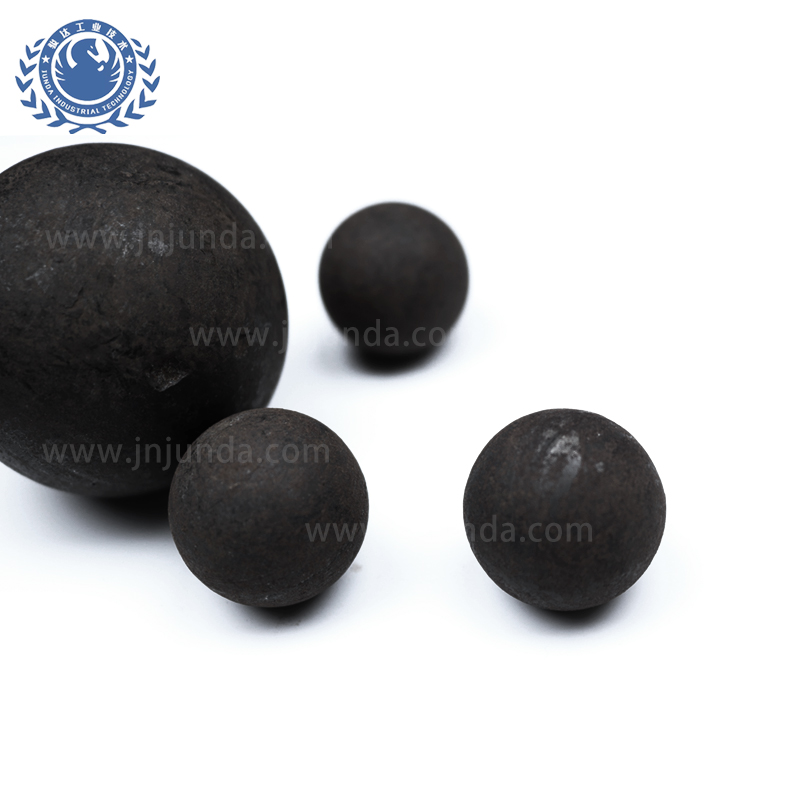News
Characteristics and usage of forged steel balls and cast steel balls
7/12/2023



 Features of cast steel balls:
Features of cast steel balls:(1) Rough surface: The pouring port is prone to flattening and deformation and loss of roundness during use, which affects the grinding effect;
(2) Internal looseness: Due to the casting molding method, the internal structure of the ball is coarse, with a high breakage rate and low impact toughness during use. The larger the ball and the larger the mill, the greater the chance of breakage;
(3) Not suitable for wet grinding: The wear resistance of cast balls depends on the chromium content. The higher the chromium content, the more wear-resistant it is. However, the characteristic of chromium is that it is easy to corrode. The higher the chromium, the easier it is to be corroded, especially the chromium in the ore. Sulfur, due to the use of chromium balls under the above wet grinding conditions, the cost will increase and the output will decrease.
Features of forged steel balls:
(1)Smooth surface: Produced by forging process, the surface has no defects, no deformation, no loss of roundness, and maintains the excellent grinding effect.
(2)Internal tightness: Because it is forged from round steel, defects caused by the process in the cast state are avoided. The internal density is high and the fineness is high, which enhances the ball’s drop resistance and impact toughness, thereby reducing the ball’s Breakage rate.
(3)Both dry and wet grinding are possible: Due to the use of high-quality alloy steel and new high-efficiency anti-wear materials independently developed by our company, the alloy elements are reasonably proportioned and rare elements are added to control the chromium content, thereby greatly improving its corrosion resistance. Improved, this steel ball is more suitable for the working conditions where mines are mostly wet grinding.

professional firm engaged in the research, development, sale, and service of Steel Shot, Steel Grit, sandblaster, sandblasting machine, garnet sand. We are located in Jinan with convenient transportation access. .
Quick links
Products Structure
Our Contacts
No.365 ,The Second Jing Road ,Huaiyin District, Jinan City ,Shandong Province ,China
0086-531-82020205
+0086-15806668333

